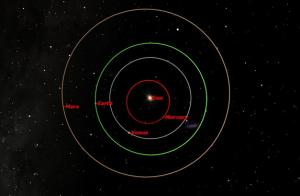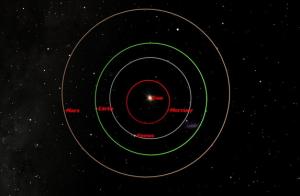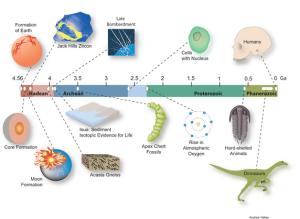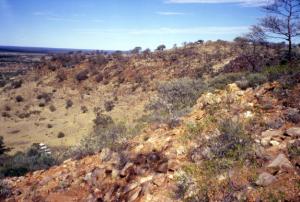The coqui of Puerto Rico is smaller than the tip of a finger, but its high-pitched call leaves a big impact on its listeners.
That's the case for Lydia Borrero, who has been swayed at night by the male's mating song. The frog is named for its sharp “ko-kee” song.
“When it gets dark, all you hear is the frogs,” Borrero said.
Months ago, after learning the San Antonio Zoo was raising funds to build a conservation lab for the frog, she rallied her group, thePuerto Rico Heritage Society, to support the project. The estimated cost of the bio-secure lab is $20,000, which would pay for filtration and water equipment, racks and enclosures.
The preservation of the small frog is the highlight of the 14th Puerto Rico Festival “Fiestas Patronales,” set for Nov. 16 at the San Antonio Shrine Auditorium, 901 N. Loop 1604 West.
Two adult and two baby frogs will be on exhibit at the festival, along with compact discs featuring its unique calls. Proceeds from the sale will go toward the building of the lab. Folklore dance, live Caribbean music, and artisan artwork will also be included at festival, considered one of the oldest Puerto Rican cultural events in Texas.
Borrero, PRHS president, said the event is part of the society's objective to promote cultural and civic events. She said parents and grandparents, who grew up listening to the frog's song, will be thrilled to see the amphibian at the festival.
“We're fortunate to present the coqui, because some people can't visit Puerto Rico,” Borrero said.
Recently, Borrero and her husband, José, visited conservation supervisor Jen Stabile at the zoo's space dedicated to the frog. It's been her primary research for more than a decade. The amphibian, known by its zoological name, Eleutherodactylus, is more than a specimen to Stabile, it's her totem; she has a red symbol of the coqui tattooed on her wrist.
“Events like this are very important,” Stabile said. “I can do work behind these doors and my colleagues can do work in the field, but if it's just us talking to each other, What's going to change? The community is a large component as well.”
The zoo is involved with many partnerships to save the coqui, including the University of Puerto Rico. She said there are 17 species of the tiny amphibian left; out of the known species, three are extinct.
Currently, the zoo has 30 common coqui and a population of critically endangered Mona Island coqui; only two of the species make the calls that last from dusk to dawn. Stabile said the frogs don't have a tadpole stage and their lifespan in the wild is from three to five years.
“They have a lot to do in a short amount of time,” she said.
The frogs are part of the ecology in the island's rain forests, she said, noting that if they were removed from the island, there would be a huge influx of inspects, many that carry diseases. And they've played an economic role, she said, drawing tourists who listen for the nightly, two-note call of the males, wooing females to come to them.
“Puerto Rico is called the island of enchantment,” Stabile said. “The thing that gives it that enchantment is the call of the coqui, that's what gives the island it's aura. There's no other place in the world where you can hear those frogs sing their name every night the way they do.”
Borrero's husband made cooing sounds towards a dimly lit room, where the little frogs were tucked among fronds lining glass cases. Within seconds, the tiny amphibians answered back.
“Ohm my goodness,” Lydia Borrero said, as high pitched calls echoed from the back room. “It sounds so loud.”
“I love it,” José Borrero said. “It brings so many memories.”
Stabile said in a perfect world, people could go outside and see many different species like the diminutive frog.
“You can't anymore, because we haven't been overly kind to the earth, so a lot of these habitats are decimated,” she said. “A lot of these species are declining so rapidly.”
By Vincent T. Davis, San AntonioPuerto Rican Society raises funds for native frog








